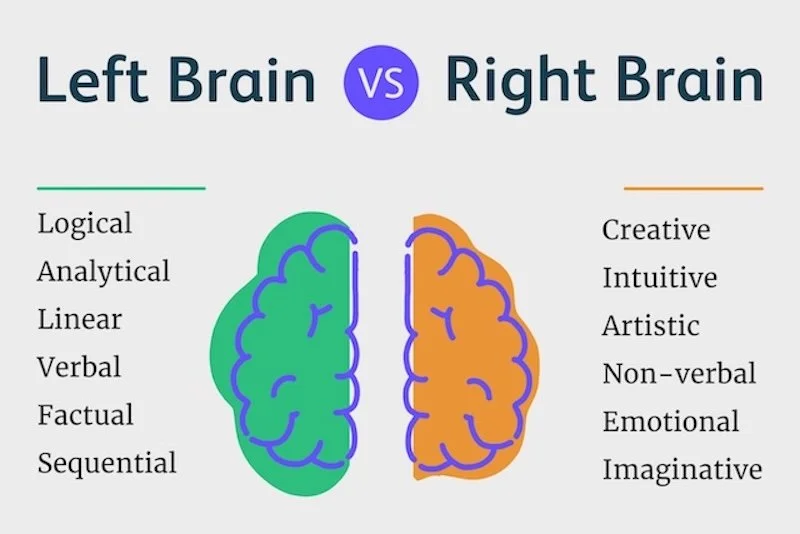Neurofeedback: A Drug-Free Path to Mental Wellness in Connecticut
Over the years working with individuals and families across Connecticut, I’ve met countless people who feel stuck, anxious minds that won’t quiet down, difficulty focusing no matter how hard they try, or sleep that just won’t come.
Many of them have already tried traditional approaches, including talk therapy or medical treatment, yet still feel like something is missing. What I’ve found through my work is that sometimes the problem isn’t “in” your mind, it’s in how your brain itself is functioning.
That’s where neurofeedback comes in — a completely non-invasive, drug-free way to train your brain to function more efficiently.
Understanding the Difference: Managing Symptoms vs. Teaching the Brain
When most people think about improving mental health, they think about managing symptoms, calming anxiety, improving focus, lifting mood. But neurofeedback takes a different approach. It’s not about suppressing symptoms; it’s about teaching the brain how to self-regulate.
Here’s how it works: during a neurofeedback session, sensors monitor your brainwave activity in real time. When your brain produces healthier, more balanced patterns, you receive positive feedback, often through a sound, image, or game. Over time, your brain learns to maintain those optimal patterns naturally.
That’s the big difference:
Medication or other symptom-management approaches work while they’re active.
Neurofeedback helps your brain learn new, lasting skills.
It’s like the difference between using crutches and retraining your muscles to walk confidently again.
Why Many People Choose Neurofeedback
1. Long-Term Change Through Learning
Because neurofeedback is based on brain training, the improvements can last well beyond the end of treatment. Once your brain learns a healthier pattern, it tends to keep it. That’s why many people report ongoing improvements in focus, mood stability, and emotional resilience months or even years after completing sessions.
2. Minimal to No Side Effects
Neurofeedback is non-invasive and gentle. Most people find sessions relaxing, you’re simply sitting comfortably while your brain receives feedback. The occasional mild fatigue or temporary headache some clients report usually fades quickly. There are no ongoing chemical effects or withdrawal concerns.
3. Getting to the Root of the Problem
Challenges such as anxiety, attention difficulties, or poor sleep often stem from dysregulated brainwave patterns, for example, areas of the brain that are over- or under-activated. Neurofeedback begins with a QEEG brain map, which provides a visual snapshot of your brain’s activity. With that information, we can tailor your training program to target the exact areas that need balance.
4. Works Seamlessly with Therapy
As both a therapist and neurofeedback provider, I’ve seen how powerful the combination can be. Neurofeedback strengthens the brain’s ability to regulate emotions and focus, which, in turn, deepens the impact of talk therapy. When your brain is calmer and more balanced, insight and growth come more naturally.
Is Neurofeedback Right for You?
Neurofeedback may be a good fit if:
You’re seeking a natural, drug-free approach to improve focus, mood, or sleep.
You want lasting change rather than temporary symptom relief.
You’re sensitive to or prefer to avoid side effects associated with medications.
You’re already in therapy and want to enhance your progress with brain-based support.
Everyone’s brain, and story, is unique. That’s why I start with a comprehensive brain map and personalized consultation to understand what’s really going on beneath the surface.
Take the Next Step
If you’re in Connecticut and curious about how neurofeedback could help you or your child, I’d love to walk you through what a brain map can reveal about your unique path to wellness.
Schedule a free consultation today to explore how you can retrain your brain, rebalance your mind, and reconnect with your natural sense of calm and clarity.

